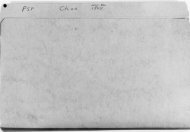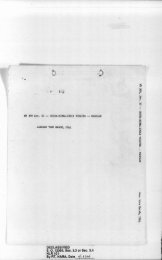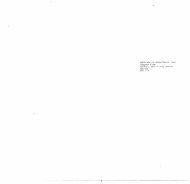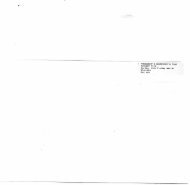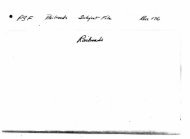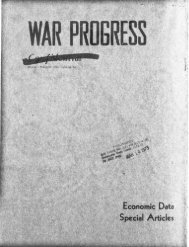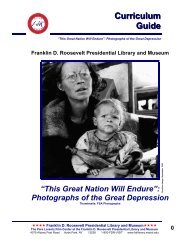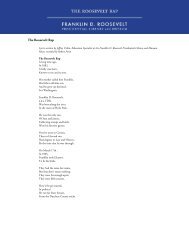100 DAYS Exhibit Guide Modified for Web PDF .indd - Franklin D ...
100 DAYS Exhibit Guide Modified for Web PDF .indd - Franklin D ...
100 DAYS Exhibit Guide Modified for Web PDF .indd - Franklin D ...
Create successful ePaper yourself
Turn your PDF publications into a flip-book with our unique Google optimized e-Paper software.
Saving The Banks<br />
Immediately after the inaugural ceremonies, FDR confronted the banking crisis<br />
that threatened to destroy the nation’s economy. On his fi rst full day in offi ce he<br />
called Congress into special session to pass emergency banking legislation. The<br />
next day, he issued a proclamation temporarily closing every bank in the nation.<br />
Treasury offi cials, assisted by holdover members of the Hoover Administration,<br />
feverishly began work on a bank bill. It included many elements originally<br />
advocated by Hoover— though Hoover had lacked the resolve to enact them.<br />
Rushed to Congress on March 9, the Emergency Banking Act was approved<br />
within hours. It gave the government authority to examine bank fi nances and<br />
determine which banks were stable enough to reopen.<br />
At several points in his life, FDR tried to<br />
keep a diary. These ef<strong>for</strong>ts never continued<br />
<strong>for</strong> more than a few days. One attempt<br />
began when he became president. His diary<br />
entry <strong>for</strong> March 5, 1933 deals chiefl y with<br />
the banking crisis.<br />
Above right: Page one of FDR’s reading copy<br />
of his fi rst Fireside Chat, March 12, 1933.<br />
G.T. Channing of Mercer Island, Washington<br />
wrote FDR on March 12, 1933 after hearing<br />
the president’s fi rst Fireside Chat.



